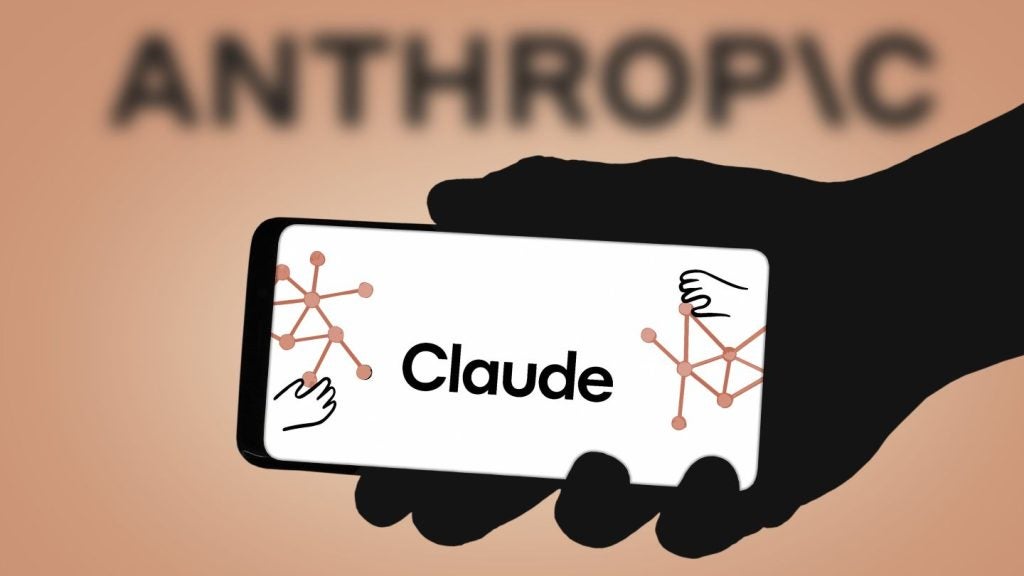
Malicious high-volume spam phone calls – known as robocalls – climbed by a remarkable 325% in 2018, highlighting the need for technological solutions.
Last year 85 billion such spam phonecalls were made around the world, according to research by Hiya, which is equivalent to 11 for every human on the planet.
These calls are often extremely malicious in nature, attempting to scam unwitting victims out of money or bank data, and have been made easier to enact due to developments in the availability and sophistication of dialling technology.
As a result, there has also been an increase in demand for technologies to guard against such robocalls.
“As spam calls continue to skyrocket globally, the demand for protection from unwanted phone calls has increased drastically,” said Alex Algard, CEO of Hiya.
The countries worst hit by robocalls
While these types of calls are a problem globally, some countries are worse hit than others.
Spain is the worst affected country, with 24% of incoming calls that are not from known contacts in the nation being identified as spam.
The UK is the second, at 22% of these incoming calls, with Italy, France and Argentina completing the top five with 21%, 20% and 10% respectively.
The US has a rate of 10%, followed by Mexico, Brazil and Chile, all on 9%, and Australia on 6%.
Key phone spam campaigns
The perpetrators of malicious robocalls use a number of methods to scam victims, but there are several particularly common methods.
One sees callers pose as a representative from a commonly used bank, in a bid to con victims into giving them account details that they can then use to access and steal money.
Another sees victims conned into believing a friend or family member has been kidnapped, compelling them to pay a ransom for their ‘return’, while an alternative sees callers ring a single time from a premium-rate number, prompting victims to call back and end up being charged in the process.
Read more: Ransomware drop as cybercriminals find better money in cryptojacking







